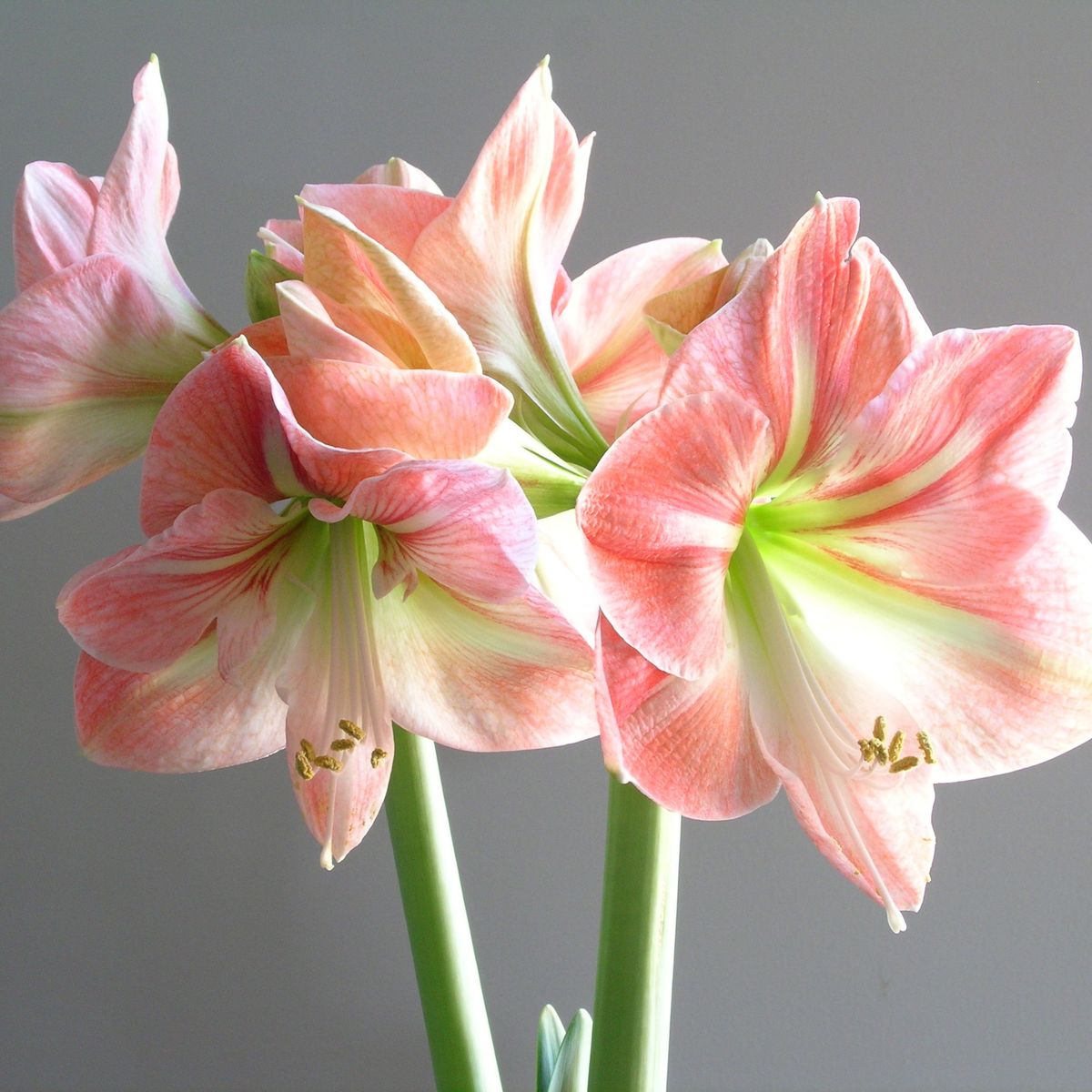There are many things to do in the
garden in anticipation of the first frost. Once the harvest has been collected,
it is tempting to just close the gate and relax until spring. However, if you
want your spring work to be less laborious, it is worth taking the preparatory
steps described below.
Gardening is also less effortful with efficient tools. For example, check the best folding wagon that is perfect for transportation. Here are seven proven ways to make your spring easier.
1. Get Rid of the Rot
Not only do withered plants spoil
the look of your garden, but they could also transform into sources source of
pests, disease, and fungus if left unattended. This dead matter may contain
eggs laid by unwanted insects over the summer. Bury such plants, so they become
useful organic fertilizer.
2. Do Away With Weeds
Unwanted plants that may have
appeared over the summer must be eliminated. Whether it is Himalayan blackberry
or bindweed, throw the weeds into the trash. Relocating them to another part of
the garden is a big mistake: these plants may remain viable even in a compost
heap.
3. Prepare the Soil
Do not wait for spring to enrich
your soil with nutrients. Rock phosphate, bone meal, manure, and compost are
best added before the first frost. This will allow sufficient time for the
compounds to break down and become active. Besides, you will be able to resume
working the soil in the spring even before it dries out. Tilling will ensure better drainage.
Once the soil has been enriched,
cover it with sheet plastic or another material. This will shield the bed from
rain that will otherwise wash the nutrients deep down.
4. Cover Crops
In your area, fall could be a suitable time for sowing rye, clover, or other cover crops. This slows down erosion in the beds and boosts the content of organic matter. Such plants bring nutrients, for instance, legumes raise the amount of nitrogen, which is favorable for vegetables. Picking the best cover crop could be tricky due to the differences in hardiness. Request advice from your seed provider.
Do not neglect your compost heap in the fall. Instead, use the rich material generated over the growing season. Fertilize your beds, lawns, and soils. This way, plants will develop more vigorously next year.
On the other hand, putting old
compost to good use will also clean space for a new batch. Let the microbes do
their work in winter. Erect another heap using fallen leaves, straw, and
kitchen leftovers.

6. Assess Season Results
How successful was your growing season? Did the plants you pick perform well? Conduct an evaluation to identify under-performers and find ways to ensure a better harvest. Add new varieties and consider getting new garden tools, like the ones reviewed by jonsguide.org. Success in gardening relies upon careful selection of plants and suitable tools.
7. Prepare Mulch
Prevent your soil from eroding and
reduce the loss of water by mulching. This will also keep weeds at bay. make
sure the layer is thick enough to protect the roots from the adverse effects of
frosts and thawing.
The better you get ready in the
fall, the less effort will be required in the spring.











